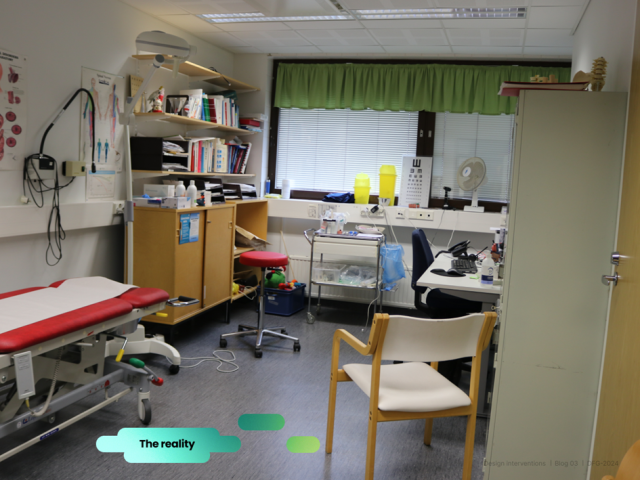This blog post reports on work-in-progress within the DfG course! The post is written by group 2B dealing with Kela and the Ministry of Social Affairs and health’s brief on continuity of care as a New Kela reimbursement model. The group includes Bhairavi Balasubramanian and Sofia Correia from the master’s programme in Collaborative and Industrial Design and David Bertl and Tuomas Laakkonen from the master’s programme in Creative sustainability.
Written by David Bertl
Previously on … “Continuity of Care” (The reality show)
Like in every good TV series we need to recap what happened in the previous episodes before we continue with the new episode. In the earlier episodes, we discussed how the Finnish healthcare system operates and what distinguishes it from other European health systems (look here). We also looked at the reasons why Finnish healthcare is caught in a vicious cycle that drives general practitioners who work in public healthcare out of their profession (look here). However, this week, we are exploring the possibilities for change through design interventions.
This is why, in this episode, we will examine the similarities between a design intervention in the Finnish primary care system and the happy relationship of your favourite TV couple. We will follow this analogy to reveal how it guided my team in pinpointing intervention areas within the Finnish healthcare system, that aim at enhancing working conditions for general practitioners.
Entry Points: Where Systems & reality start their first date.
In recent weeks, our team has been working on identifying and defining what we refer to as “entry points”. But what exactly is an entry point? “An entry point is a strategic starting point within a system where efforts to improve it can be initiated” (Steinberg, 2024). If you’re still having trouble grasping the concept, then, we could refer to an entry point as the first date where both parts of your TV couple – ‘The reality’ and ‘The system perspective’ meet for the first time. But who is ‘the Reality’ and who is ‘the system perspective’? ‘Reality’ is a human actor like general practitioners, other specialists and nurses who work in primary care. Their working conditions and problems: for example, ‘lacking feedback from patients’ create a field for real intervention and opportunities for our team.
On the other side, we have ‘The systems perspective’. It gives us an overview of the system, which allows us to look at a problem strategically. Looking at the problem strategically allows us to grasp how problems interact with each other and assess the magnitude of their impact. This is where the already previous in this blog mentioned “12 Leverage points” of Donella Meadows, come to help us. They help us to decide where to intervene because they show how strong the potential change could be if we change something at one point in the system (Meadows, 1999). The mechanism is simple: the higher the point is on the lever, the stronger the leverage becomes (see Figure 1.).
By combining both ‘the reality’ and ‘the systems perspective’, we can define a point from where a design intervention in the healthcare system can start: An entry point. Or as we can also call it, a first date.

Figure 1. How to find an entry point © Creative Commons CC by 4.0. 2024. Bhairavi Balasubramanian, Sofia Correia, David Bertl and Tuomas Laakkonen. Design for Government. Aalto University.
Growing together means having a common vision.
The second thing both our TV couple and a design intervention in the Finnish healthcare system need is a shared vision to function well together. A vision that tells them how to behave and how to work together as one entity. If, in a relationship, both partners don’t share the same vision of how to live together, it will create conflict. And the same goes for the Finnish healthcare system. To make every system member work together towards the same goal and reduce conflict, it is important to create this common vision. It was not an easy task to create it since it needed to speak to everyone in the Finnish healthcare system. From a doctor to a member of the cleaning staff. It should communicate our intention of how the system should operate, but never tell anyone specifically how to act.
In our group work, having a shared vision helps us to agree on a common goal between groups. But it also allows us to have individual, new ideas and interpretations while simultaneously avoiding diverging into totally different directions.
I believe this blog is the perfect platform to share this vision with you, considering its relevance to our ongoing group work. So, this is our vision for the future of Finnish healthcare:
“We provide a trustworthy and sustainable healthcare system that
fosters collaborative and meaningful care for patients and staff in a society
where everyone feels cared for.”
A couple creates value for each other and not only acts of service.
After reading “The Strategy That Will Fix Health Care” by Michael E. Porter and Thomas H. Lee (2015), our group realized that Finland’s healthcare system is primarily focused on providing services to its ‘customers’ instead of creating valuable outcomes for its ‘patients’. As per Michael E. Porter, this results in services that are overutilized, leading to additional work that takes a toll on everyone involved in the system. But it also leads to a culture where the outcomes of treatments are not shared with the one who administered them. This can lead to both mistrust and the feeling that the work or services are not meaningful.
But let’s jump back to the relationship of our happy TV couple and project it on the healthcare system. In this relationship, both are interdependent and provide value to and through each other, which makes their relationship meaningful. And our team believes the same goes for healthcare. Creating a healthcare culture that prioritizes creating value for patients instead of only providing ‘services’ has the potential to lead to more job satisfaction for its employees if its employees get to know the value of their work. In my opinion, evaluating the outcomes of care and sharing them with the healthcare staff has therefore the potential to be a very long lever for change.

Figure 2. The chaotic reality of a general practitioner’s office in a Finnish health centre. © Creative Commons CC by 4.0. 2024. Bhairavi Balasubramanian, Sofia Correia, David Bertl and Tuomas Laakkonen. Design for Government. Aalto University.
My reality is not your reality…
…This statement is true for pretty much everyone, in any situation, but also in a relationship. Everyone has their viewpoint and requirements. And the working conditions in healthcare are very similar. During a visit to a health centre in Nummela, I realized that not all healthcare teams operate under the same conditions. Different parts of Finland have different constraints through differences in demographics, population, staff, & geography. This is why, in my opinion, a good design intervention should not focus on finding a solution that works for all teams. It wouldn’t make sense If we create the same processes for Lapland and Helsinki and expect general practitioners to operate everywhere in the same way. Instead, we should establish a foundation for healthcare teams to innovate independently, share their innovations, and assist other teams in learning from these innovations by incorporating them into their own customized adaptations. A strategy which has already proven to be effective in the Care of cystic fibrosis patients for almost half a century (Gawande, 2004).
Stay tuned… for strong relationships & value-based healthcare.
If we put all our previous analogies and findings together, we not only create a strong and resilient TV couple but also a guide that helps us stay on top of our future group work.
If you are now really hyped about the last episode of this blog, stay tuned because it will air in a couple of weeks exactly here!
References
Gawande, A. (2004, November 29). The Health-Care Bell curve. The New Yorker. https://www.newyorker.com/magazine/2004/12/06/the-bell-curve
Meadows, D. H. (1999). Leverage points: Places to intervene in a system. https://donellameadows.org/
Porter, M. E. (2015, September 14). The strategy that will fix health care. Harvard Business Review. https://hbr.org/2013/10/the-strategy-that-will-fix-health-care
Steinberg, M. (2024, April 24). Vision, Narrative for Change and Entry Points [PowerPoint slides]. Aalto University.https://mycourses.aalto.fi/pluginfile.php/1995449/course/section/243938/DfG%2024.4.2024%20Intro%20to%20Vision%20%28entry%20point%20%20narrative%29.pdf)
The DfG course runs for 14 weeks each spring – the 2024 course has now started and runs from 26 Feb to 29 May. It’s an advanced studio course in which students work in multidisciplinary teams to address project briefs commissioned by governmental ministries in Finland. The course proceeds through the spring as a series of teaching modules in which various research and design methods are applied to address the project briefs. Blog posts are written by student groups, in which they share news, experiences and insights from within the course activities and their project development—more information here about the DfG 2024 project briefs. Hold the date for the public finale on Wednesday 29 May!

